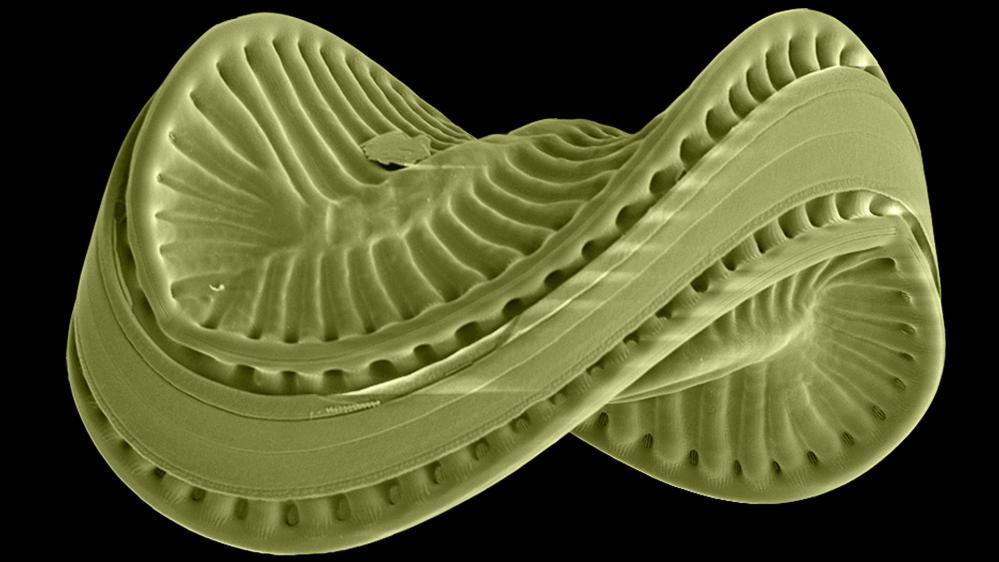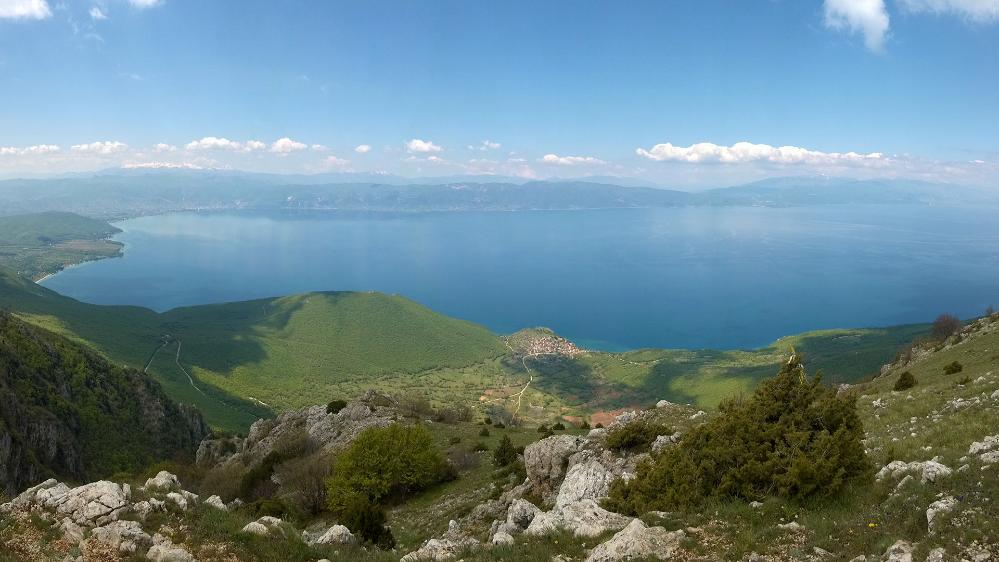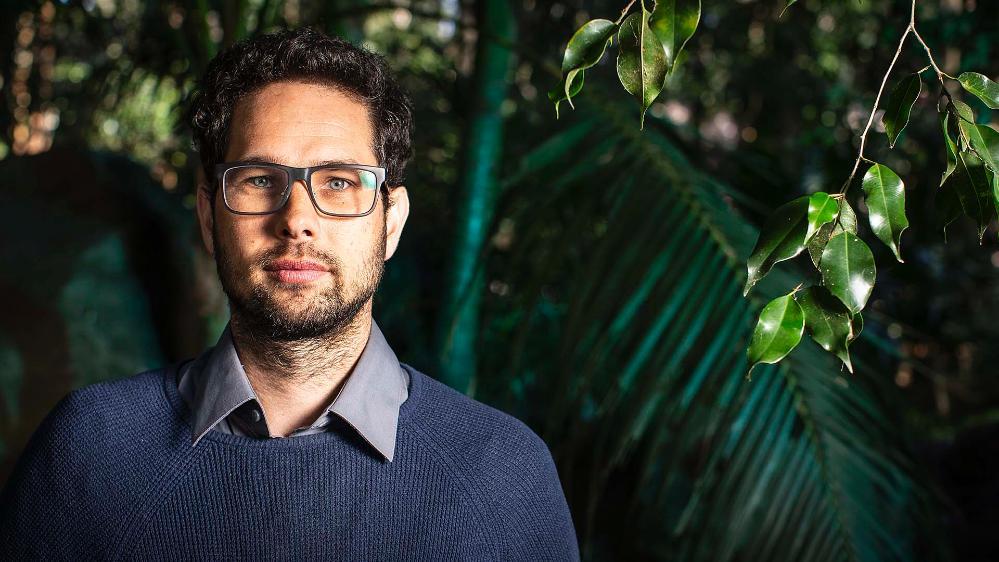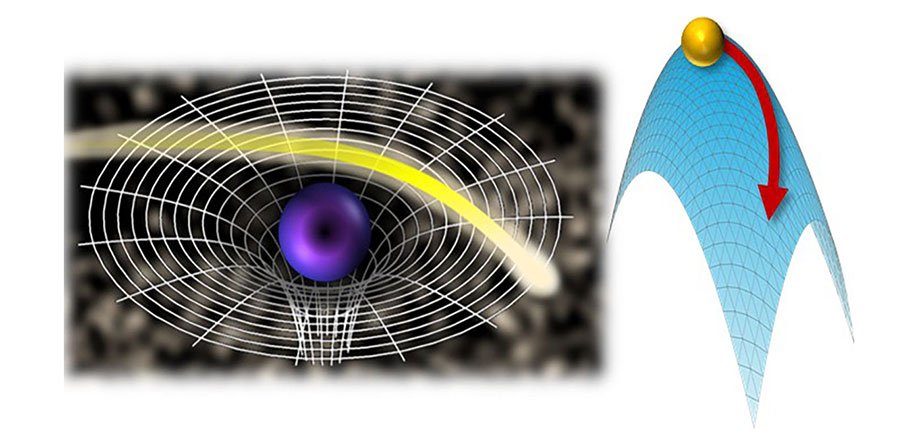As the lake became deeper and larger its ecosystem became more stable

The older and more stable an ecosystem is, the longer lived its species and the more stable the species communities are.
An international research team led by the Justus Liebig University Giessen (Germany) and the University of Cologne (Germany) with significant contribution of the University of Wollongong (UOW) gained these new insights into evolution by drilling deep into the sediments of Lake Ohrid.
The 1.4 million-year-old lake on the border between Albania and Northern Macedonia is not only the oldest lake in Europe, but with more than 300 endemic species (species that only occur there) it is also the most species-rich.
To study the evolutionary dynamics of Lake Ohrid since its formation, the scientists combined the environmental and climate data of a 568-meter-long sediment core with the fossil records of over 150 endemic diatom species.
The data showed that shortly after the formation of the lake, new species emerged within a few thousand years. Many of them died out again very quickly in the relatively small and shallow lake.
The research team explains this by the fact that young lakes of small size offer many new ecological opportunities, but are also particularly sensitive to environmental changes such as fluctuations in temperature, lake level and nutrients.

Colourized scanning electron microscope image of the endemic diatom species Scoliodiscus glaber from Lake Ohrid. Size of the silica shell 0.1 mm (Photo credit: Z. Levkov).
After the lake became deeper and larger, the speciation and extinction processes slowed down dramatically. The scientists attribute this to fewer new habitats emerging, the species richness approaching an ecological carrying capacity and an increasing environmental and climate buffering of the lake.
The finding that in the history of Lake Ohrid, a volatile assemblage of evolutionarily short-lived species developed into a stable community of long-lived species provides a new understanding of the evolutionary dynamics in ecosystems.
The study, which is published in the journal Science Advances, will thus also have great significance for future biodiversity research.
“Our results show that ecosystems become more stable with increasing age and size and are better able to cope with natural climate fluctuations,” lead scientist Professor Thomas Wilke said.
“But that doesn’t mean that they can’t reach a tipping point.”
With regard to the drastic environmental and climate changes caused by humans, he added: “Not only the unique ecosystem of Lake Ohrid is endangered if the environment changes too quickly and too strongly.”

The 1.4 million year old Lake Ohrid on the border between Albania and Northern Macedonia. Photo: Thomas Wilke
Dr Alexander Francke, a Research Fellow in UOW’s School of Earth, Atmospheric and Life Sciences, said the stability of Lake Ohrid’s ecosystem is mainly attributed to its age and size, with size translating into its huge water volume.
“Many wetlands and lakes in Australia do not have this safety net, making their ecosystems more vulnerable to external (climatic) perturbations, such as observed during the early days of Lake Ohrid,” Dr Francke said.
“Ancient Lake George nearby Canberra, for example, has a similar size to Lake Ohrid, was up to 5 m deep in the 1960s but has mainly been dry since the millennial drought. This drying had already significantly impacted on its ecological state.”
Dr Francke said the study showed the benefits of an interdisciplinary approach to research.
“The research at Lake Ohrid is an outstanding example of how biologists, geologists, and environmental scientists can learn from each other to help understanding how wetland systems will respond to future climate change.
“Together, they can unravel which external perturbations (changes in climate, lake size, water depth) have caused major ecological shifts in the geological past.”

Dr Alexander Francke. Photo: Paul Jones
ABOUT THE RESEARCH
‘Deep drilling reveals massive shifts in evolutionary dynamics after formation of ancient ecosystem’ by Wilke et al is published in Science Advances (doi.org/10.1126/sciadv.abb2943).
The research was funded by the International Continental Scientific Drilling Program, the German Ministry of Higher Education and Research, the German Research Foundation, the University of Cologne, the British Geological Survey, the Italian Consiglio Nazionale delle Ricerche and the governments of the republics of North Macedonia and Albania.




